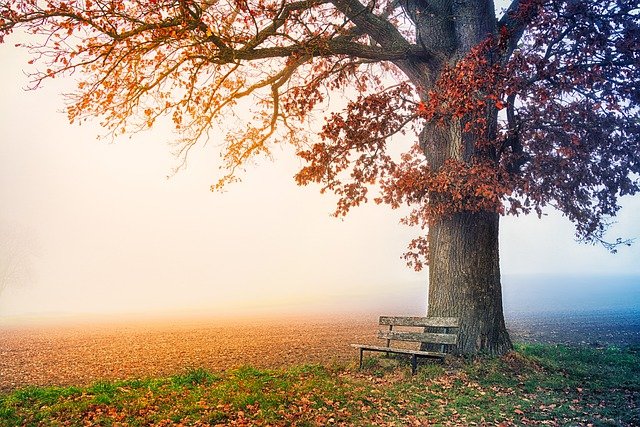
Tree surveys are generally performed on a regular basis on private and public landscapes.
The main desire of a tree survey is to find out as much information about the trees.
This information will be passed on to the property management team or homeowner to allow them to make a more informed decision. Depending upon the information contained in the survey will lead to the ultimate decision about the fate of the trees on the land.
There is much information that will ultimately go into a tree survey. In many cases, a professional tree consultant will work under BS5837 British Standard.
This form of standard is quite helpful in allowing people to make better decisions based on the findings of the survey. There will be times that selected trees are left or removed.
What Typical Information Is Contained On A Tree Survey?
A professional tree arborist will judge the trees based upon BS5837 British Standard. This specific set of standards was designed to help understand which trees should be left or removed on a piece of land.
From the survey, you will be able to find out if:
- The number of trees on the specifies is of land.
- A reference number that will be unique to each tree.
- The tree species is either the scientific name or common name.
- The general age of the tree or trees.
- The estimated life expectancy of the tree.
- The height of the tree in metres.
- The diameter of the tree in centimetres.
- The crown radii of the tree in metres for the west, east, north, and south crowns.
- The overall health and structural integrity of the tree.
- Overall suggestions for the management of trees.
The professional who is performing the tree survey is going to be able to suggest recommendations on how it is best to proceed.
This is going to allow you to make an informed decision about the trees that are on the property. Speaking to experts in arboriculture is recommended when considering tree surveys.
When Is A Tree Survey Needed?
In some areas, it is actually law to have a tree survey carried out before the removal of trees. This is due to the fact that there are a number of trees that must be protected.
The Wildlife and Countryside Act 1981 was introduced to specifically ensure that specific trees were not cut down intentionally or by accident.
Additionally, you may want to have a tree survey performed before you plan to make any type of changes to your landscape or property.
You may be considering building on a piece of land with trees. The information from the tree survey is going to be quite helpful in making your decisions.
A draft design will be much more realistic once a tree survey has been completed.
Landscape designers are well aware that trees can add significant value to a property and a tree survey allows them to make a more informed decision on the type of trees to keep.
If a tree must be kept on the property, a designer will be able to plan around it or simply incorporate it into the design.
Another essential use of the tree survey s to find if there is any form of danger from the existing trees on the property. A tree survey has the ability to find out if a tree is diseased or in danger of falling.
If a tree is suffering from fungal decay, it has the ability to fall at anytime, especially during severe weather. It is generally best to remove these trees as soon as possible.
A trained professional arboriculturist will be able to identify these problems and explain them in a manner in which everyone can understand.
Each tree that is on the property will be given a specific tag and number. This will ensure that all of the numbers can be cross checked with the summary table that includes all of the relative details.
It is important that work only starts once the tree survey has been fully completed.
